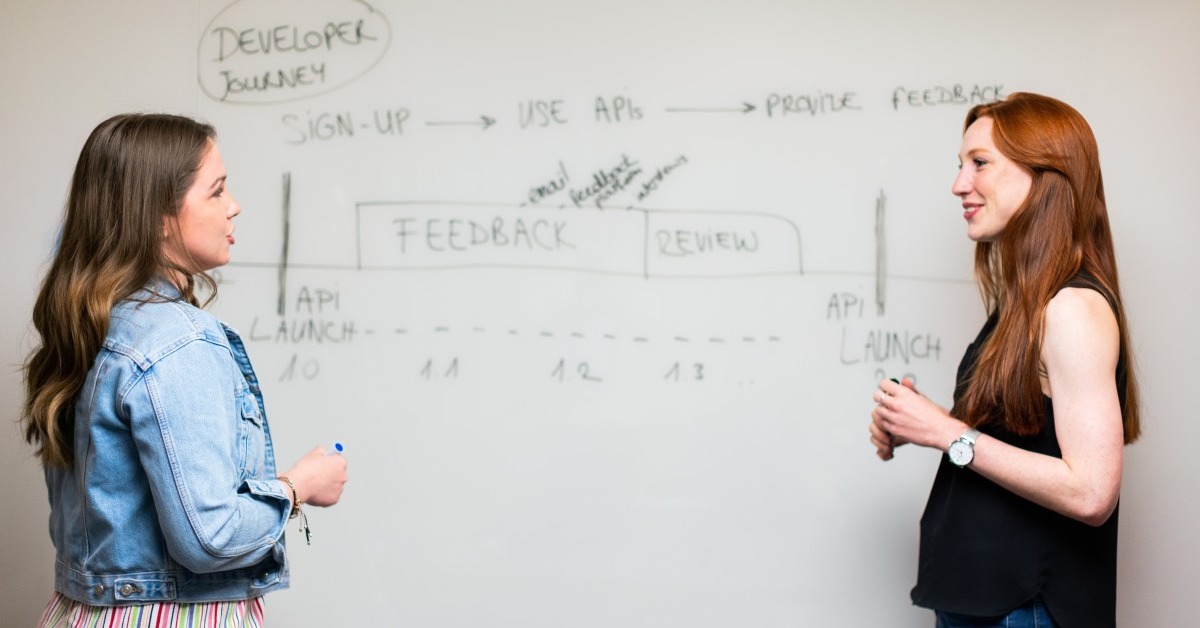
How Much Does a Doctor of Occupational Therapy Make?
In the occupational therapy field, a doctorate can open doors [...]
Finding help is even harder for children who are English language learners (ELL) or who have limited English proficiency (LEP) — students who already struggle to read, write, and understand basic English. That said, there are many ways parents can support their children’s quests to develop academic fluency in science while also working on their English skills.
It is important to emphasize at the outset that difficulty in learning English should not be confused with an inability to think about or understand science. ELL students can retain and understand words and concepts just as well as a student whose native language is English. While they are not necessarily required to know science course materials, parents’ involvement can be the key to helping children succeed in the classroom. Here are five useful tips to help kids understand the academic content of science classes (including vocabulary and concepts), develop scientific skills, and appreciate the applications of science in daily life.
Anyone who has tried to learn a foreign language knows that it can feel as if native speakers are talking very quickly. What seems like a normal pace to a native speaker is actually far too fast for a language learner. Parents can encourage their children to listen carefully, and then write down subject-specific terms or concepts they need to revisit. This will help students connect key words to spoken language.
If your child struggles to keep up with the language in a given class, remind her to record unfamiliar terms and ideas in a special notebook and to investigate both the meanings and applications of this vocabulary. This can be done by consulting other students, asking teachers, or using online resources. After all, science is all about exploring and investigating — these behaviors will help your child learn to be a problem-solver both inside and outside of the classroom.
| University and Program Name | Learn More |
|
New York University:
Master of Arts in Teaching
|
|
|
Merrimack College:
Master of Education in Teacher Education
|
Parents can find materials, resources, and informational diagrams to help their children visualize difficult concepts. All of these tools can aid in developing visual literacy — the ability to evaluate, apply, or create conceptual visual representations. Such representations often include only small amounts of language, without complicated syntax or sentence structure, making them invaluable when learning science and English simultaneously.
Flashcards are useful and handy reference notes. For younger ELL students, parents can also obtain picture glossaries which explain concepts through images rather than words (most include an image on one side with a key term on the other). Using this method, students learn to correlate concepts directly with words, thus eliminating the need for translation.
Older students may find other visual tools useful. Encourage them to use the Internet to find vector diagrams, pictorial riddles, photos, scientific diagrams, or other aids for building visual literacy. As the old saying goes, a picture is worth a thousand words — this is even more true when it comes to learning and understanding scientific concepts and ideas.
Whether they’re working on physics, chemistry, biology, or physical science, visual representations of vocabulary words help reinforce concepts and ideas and provide an excellent way to review in preparation for tests and quizzes. Picture glossaries can be found online, but parents may also ask teachers whether there are specific resources they recommend.
Parents can also use graphic organizers as a way to introduce and share concepts in a manner that encourages meaningful learning. Graphic organizers, including diagrams and maps, illustrate the relationships between new and existing concepts and facilitate the integration of ideas. Parents who are unfamiliar with scientific concepts may find these very useful in helping their children because these tools contain minimal language. Examples of graphic organizers include conceptual grids, Venn diagrams, flow charts, mind maps, and concept maps.
Finally, if your child enjoys watching movies or videos, check out science videos online. There are many available that discuss key concepts your child may be studying. Though native speakers often take such features for granted, the ability to bookmark, pause, and replay videos as many times as necessary benefits ELL students who require repetition. These tools can help language learners pinpoint key concepts, too.
I find videos most useful when teaching lessons that involve multi-step processes or complex ideas, such as plant growth and development, the slow processes involved in climate change, or thermodynamics.
Parental involvement and engagement are important in supporting students with their learning, development, and assignments. Parents’ roles are even more critical when students are immersed in a classroom in which language may be an obstacle to their academic success — which is especially true of those involving unfamiliar concepts and scientific inquiry.
Questions or feedback? Email editor@noodle.com

In the occupational therapy field, a doctorate can open doors [...]

Getting an MAT or an MEd in Elementary Ed can [...]

From financial services to manufacturing, industries across the board need [...]

A PhD in Business Analytics prepares you for a career [...]
Categorized as: Teaching, Education & Teaching